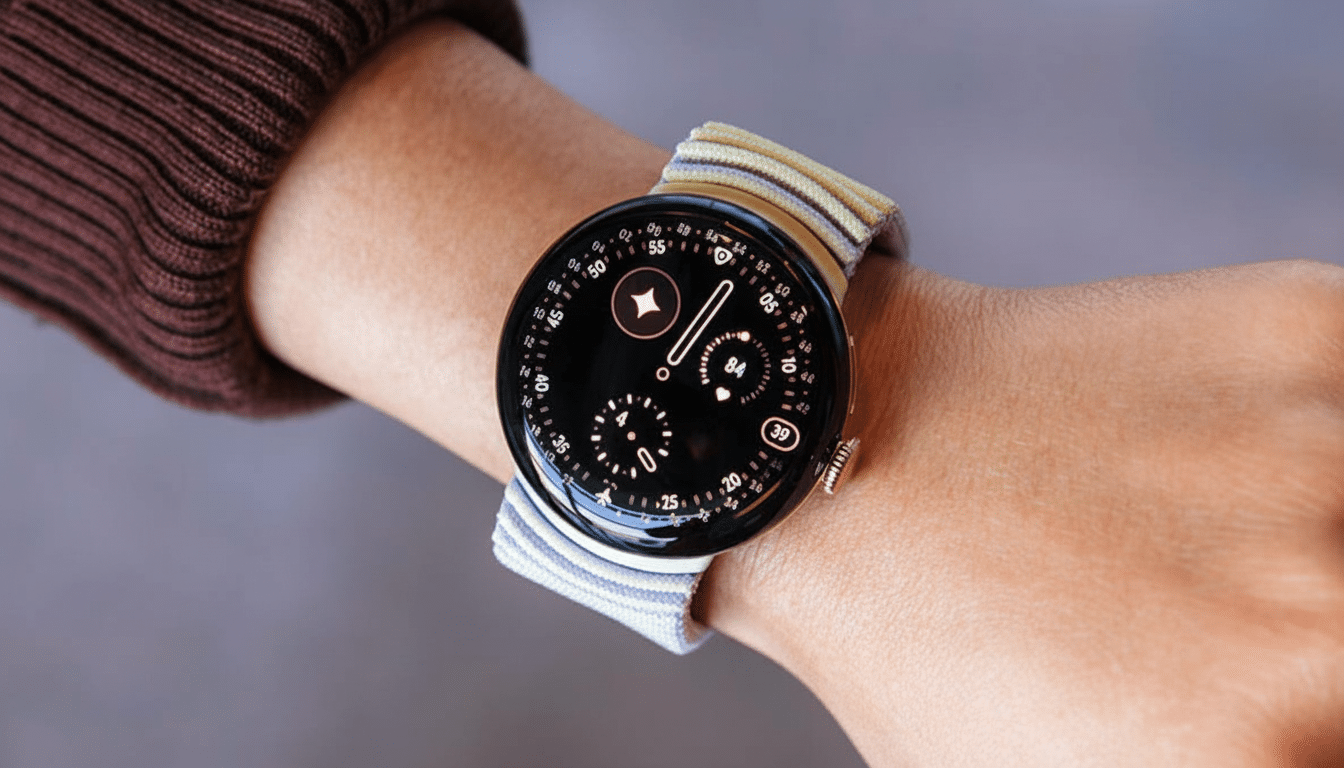Google’s newest smartwatch just did the improbable in wearables: It survived an iFixit teardown pretty much unscathed. The Pixel Watch 4 scored a stunning 9 out of 10 for repairability, which, in a segment long lambasted by glue-encased, hard-to-fix designs, is quite notable. For owners, that means routine failures like a dead battery or cracked screen are likely to be simpler and cheaper to fix over the life of their device.
Inside the teardown findings on the Pixel Watch 4 design
iFixit’s examination shows a rethinking of how to hold the components of a smartwatch together. Google uses screws and gaskets instead of sticky adhesive for the Pixel Watch 4. Screws hidden beneath the band lugs trigger small hinged arms that grip the back panel firmly, but slide away quickly for controlled access when service is required.

Crucially, all of those fasteners and panels are ringed with O-rings to prevent water ingress. “That technique,” deLaplante said, “preserves that durability without making the case a glue tomb.” Once you get there, however, the battery is held in place with screws, as opposed to stubborn adhesive, and the display and other parts are constructed as individual component parts. It’s the sort of modularity repair enthusiasts have been crying out for from wearables.
For the rest of us, having fewer glue seams also means less chance of cracking glass or pinching flex cables when it comes time to repair it (a common failure point on under-engineered watches). The above layout of the Pixel Watch 4 demonstrates carefully routed cables and accessible connectors, two qualities of a service-friendly device.
Why repairability matters for everyday smartwatch users
Smartwatches are wicked hard on their hosts: batteries recharge each day, screens rub against door frames and sensors churn through nonstop data. In the past, a dead cell or hairline crack could banish a watch to a drawer since such repairs were not feasible. Top serviceability grade means owners can rely on realistic repair estimates and not the full replacement of a system, saving time, money and labor to extend overall product life.
There’s an environmental dividend, too. The United Nations has reported that e-waste is the world’s fastest-growing domestic waste stream. Designing a device where the most failure-prone parts can be swapped is another way to slow that trajectory. It also means service centers — independent or authorized — can do routine fixes without a heat gun and the risky prying that tearing off the screen once required.
A turning point in the right to repair movement
The Pixel Watch 4 comes as there’s an increased push for more repairable tech. The US Federal Trade Commission has published its report on repair options, highlighting barriers to repair; meanwhile, new state laws in California, Minnesota and New York have raised the (repair) bar for access to parts and documentation. In Europe, proposed ecodesign regulations push manufacturers to prioritize longevity and repairability.

For phones at least, companies like Fairphone and Framework (in laptops) have demonstrated what modularity can look like. Wearables have been left behind, with size and water resistance frequently given as excuses. The Pixel Watch 4’s score from iFixit indicates those excuses are wearing thin: screws, gaskets and smart mechanical design can coexist with elegant hardware and solid protection.
Parts, manuals and real-world repairs availability
But the hardware is only half the equation. Parts and documentation need to be accessible for consumers and local shops to benefit. Google has partnered with iFixit in the past to sell official phone parts and show users how to use them — replicating that model for the Pixel Watch 4 would add more value beyond its high-tech specs. Reasonably priced batteries and displays, coupled with free service manuals and exploded diagrams from the manufacturers, will determine just how practical repairs are.
If that support comes to pass, independent repair providers should be able to offer a faster turnaround and better pricing. That could be another selling point, especially as buyers begin to take long-term serviceability into account in addition to features like bright displays and advanced health sensors.
What buyers should know before choosing a smartwatch
The headline is straightforward: A mainstream smartwatch garnered a 9 out of 10 for its repairability because it uses screws, gaskets and modular hardware instead of glue and guesswork. If you’re choosing between models, that’s a meaningful differentiator — especially with components like batteries expected to diminish over time.
Performance attributes are still a thing. The Pixel Watch 4 adds a brighter domed display and multi-day range, but foundations may be your ticket in decades to come.
If you care about sustainability, right to repair and the expense of how much it costs to keep tech in the field, this teardown is welcome, almost unqualifiedly good news.

